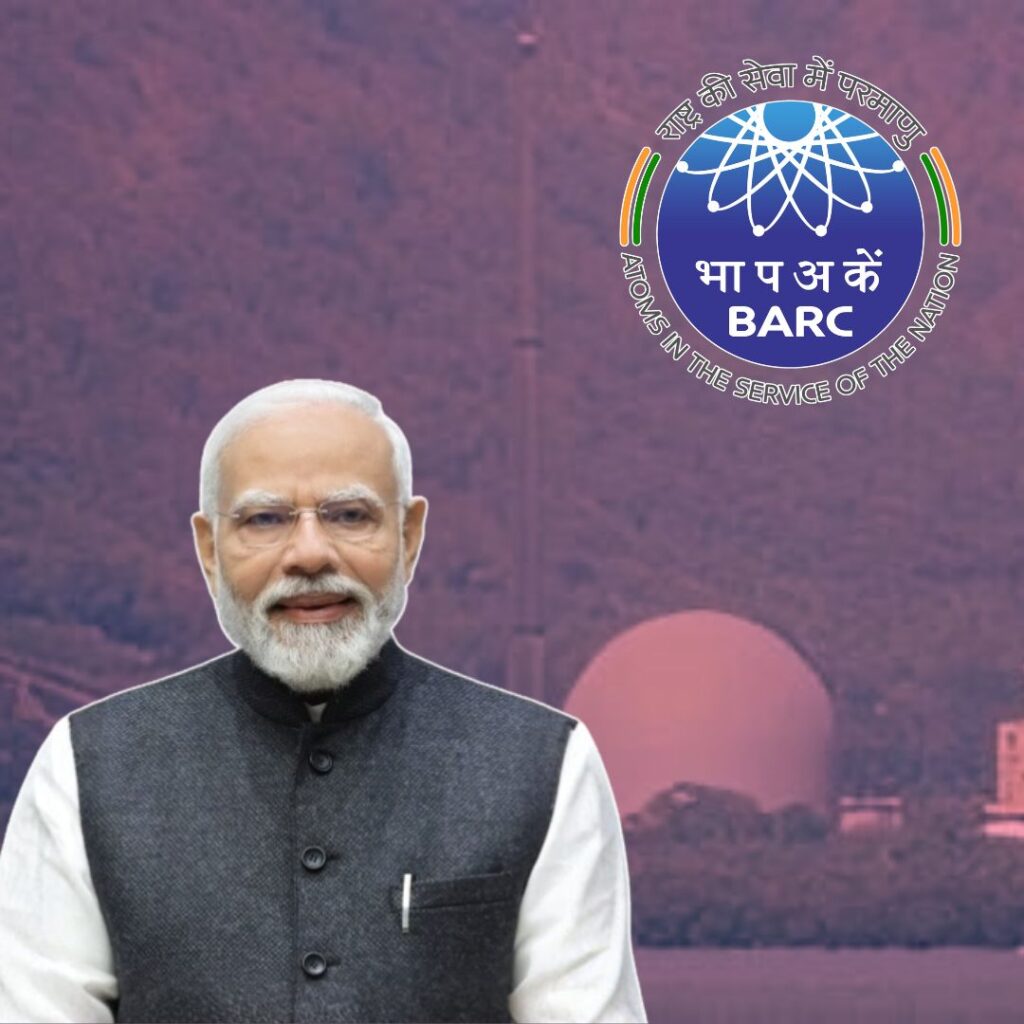Kerala has taken a significant stride in disaster management by launching India’s first ‘Living Lab’ focused on landslide preparedness in a small village within Kannur district.
The initiative, spearheaded by the Kerala State Disaster Management Authority (KSDMA), combines cutting-edge technology with community engagement to create a resilient model that empowers residents with the knowledge, skills, and tools necessary to respond effectively to natural hazards.
Integrating Technology and Community Empowerment
The ‘Living Lab’ concept, inspired by successful international models, is a pioneering approach that blends real-time data with hands-on training. In Kannur’s Kanichar Gram Panchayat, local weather forecasting and early alert systems using sensor technology have been integrated to provide residents with timely warnings about landslides and adverse weather conditions.
According to a KSDMA official, “Our objective is to make residents the first responders by equipping them with actionable information and practical preparedness skills.” This initiative also fosters collaboration across generations by engaging youth and elders in emergency drills and awareness sessions, thereby strengthening the fabric of community resilience.
The ‘Living Lab’ also facilitates partnerships with local authorities, researchers, and NGOs, ensuring continuous improvement of disaster strategies. This collaborative approach fosters a dynamic learning environment, making the community adaptable to emerging threats and promoting sustainable development alongside safety.
Historical Context and the Urgency for Action
Kannur’s residents have faced recurrent landslides, particularly during the monsoon seasons, with a series of significant landslip incidents occurring in 2022. These events not only caused physical damage but also disrupted lives, livelihoods, and local ecosystems.
The experience underscored the critical need for community-based preparedness approaches that go beyond reactive disaster response. Kerala’s comprehensive disaster management framework has progressively incorporated climate-smart infrastructure and the KaWaCHaM (Kerala Warnings Crisis and Hazard Management) system, established in 2025.
This system utilises hydro-meteorological sensors and connected emergency operation centres to enhance state-wide disaster responsiveness. The ‘Living Lab’ in Kannur builds on these advancements by creating a focused, hyper-local platform for education and early warning.
A Scalable Model for India
The success of the Kannur ‘Living Lab’ could serve as a blueprint for other disaster-prone regions across India. With climate change intensifying the frequency and severity of natural disasters, such community-centred, technology-driven preparedness mechanisms are increasingly vital.
The model promotes a proactive stance by converting villagers into informed first responders and advocates of safety. Experts believe this approach can significantly reduce the loss of life and property during emergencies while fostering a culture of shared responsibility and preparedness.
The Logical Indian’s Perspective
At The Logical Indian, we view this initiative as an exemplary model of how technology and grassroots participatory efforts can intersect to create meaningful, lasting change. It reflects a shift from top-down disaster management to empowering communities at the front lines.
This inclusive model nurtures empathy, solidarity, and sustainability, qualities essential for tackling the escalating challenges brought about by climate change. As more regions face heightened environmental risks, expanding such ‘Living Labs’ could catalyse a nationwide movement toward resilience and coexistence.
This initiative in Kannur is a wake-up call and a source of hope that, with collective will and innovation, disaster risks can be managed more effectively, safeguarding lives and livelihoods across the nation.











